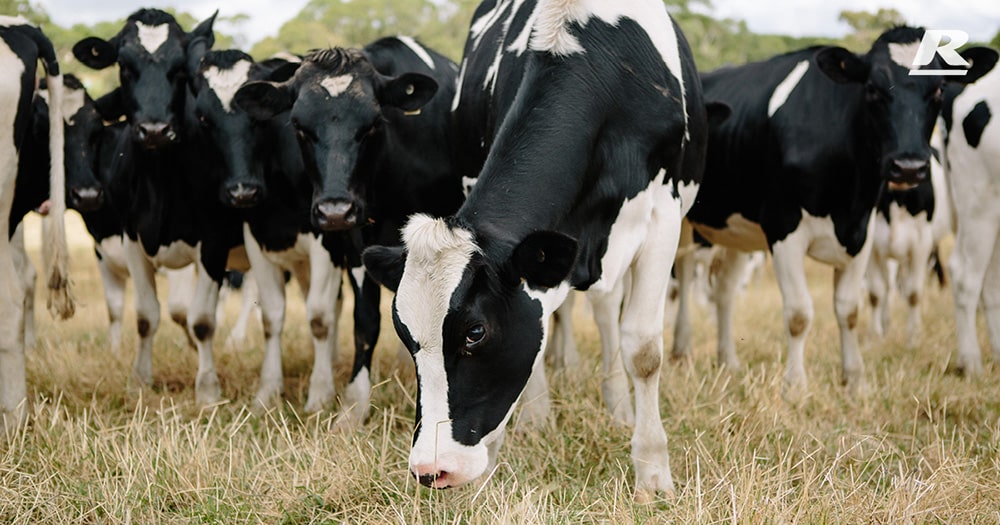Peak milk sets peak intake
You only get one chance to set this each lactation
If you miss out on getting the herd to peak where they should, they will not eat as much feed as they should over the lactation either. This means that they won’t eat as much through the spring and will drop off in milk quicker. Regardless of what your budget is for grain for the season, you should always feed cows the largest proportion of it to your fresh cows to ensure that they peak where they should. Then, the higher dry matter intake peak will help carry them through and you can cut back the grain.
So how does it work?
Peak milk, which occurs about 6 weeks after calving, helps to determine how much food a cow can fit in at peak intake, which takes place a further 6 weeks after peak milk (ie. One drives the other). After peak milk, intake then takes over and starts to drive milk.
For every extra 1 L a cow produces at peak milk, she will produce 200-240 L over the whole lactation. This means that an extra 5 L of peak milk – say increasing from 25-30 L individual cow peak – will translate into an additional 1000 L over the lactation.
Setting the cow up for this starts at the end of the previous lactation where she will need to dry off in acceptable condition (5-5.5 on a 1-8 scale) and put some calcium and phosphorous back into bone and muscle reserves. Then she needs to be fed a diet that maintains her for most of the dry cow period and that helps her transition to becoming a fresh cow over the last 2-3 weeks. From there, it is a matter of combining the feeds available with some body condition donation to ensure that each cow peaks where she should. If you get all of these things right, the cow will peak on target and get back in calf on time.
After peaking a cow should only drop off in milk by 7-10% per month (even with allowing for changes in body condition), eventually drying off at a minimum of 50% of what she peaked at. If a cow is dropping off quicker than this, there is an issue with diet balance somewhere. The lower the intake peak, the harder it is to maintain this acceptable rate of decline from peak milk.
If you’d like to increase your livestock farming gains and get professional feeding advice. Call 1300 REID FEED or enquire here >
